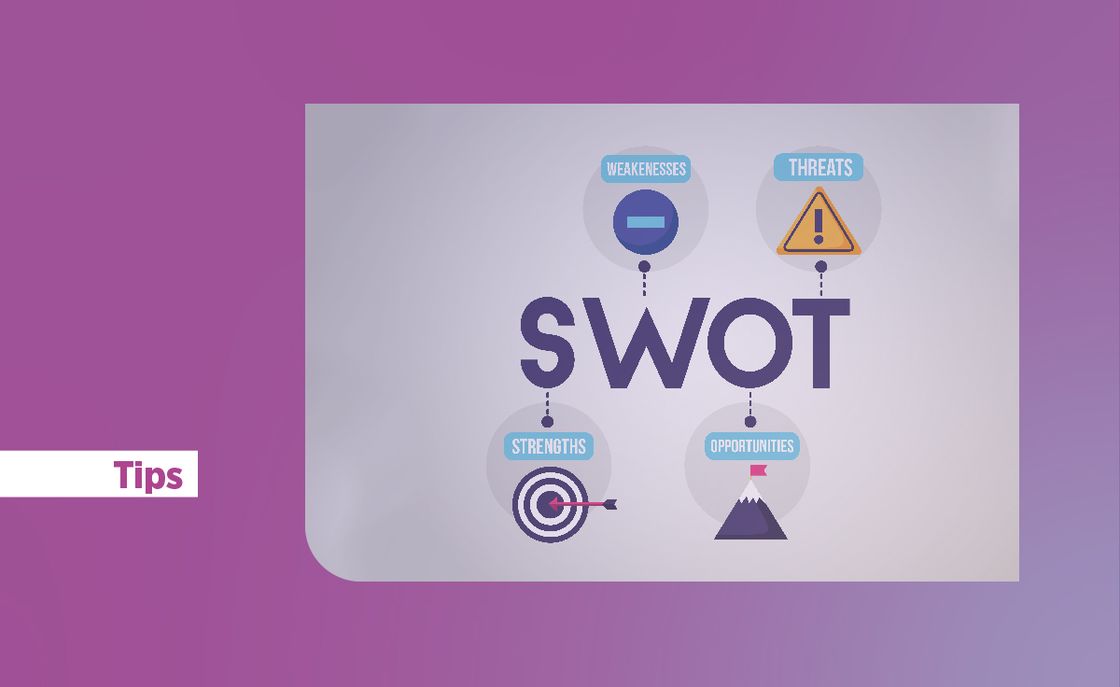Index
Rationally visualizing strengths, threats, and objectives is the first step to strategically planning your work. In the real estate sector, the SWOT analysis is particularly useful for agents and professionals to get a clear idea of a property to evaluate and in general of the opportunities that may arise.
If you are looking for inspiration to organize your professional life, discover with the Casavo team how to use the SWOT analysis for your work.
What is the SWOT analysis and how does it work
The SWOT analysis is a strategic planning tool for identifying strengths, weaknesses, opportunities, and opportunities. (Opportunities) and threats (Threats) of a project. We can summarize it in this scheme:
Elements Positive factors Negative factors Internal Strengths Weaknesses Externals Opportunities Threats
Strengths and weaknesses represent internal elements of the research. They depend on the specific characteristics of the object being examined. Opportunities and threats, on the other hand, are external factors, therefore influenced by the environment or other circumstances.
If we look at the columns of the table, strengths and opportunities constitute the positive side, the useful elements you can leverage to achieve your goals. Weaknesses and threats, on the other hand, are negative factors that require work and commitment to be neutralized or improved.
It seems that SWOT analysis was born in the university environment and then established itself in many different sectors. It soon proved to be very useful in the real estate sector too: we'll see how in the next paragraph.
SWOT analysis in the real estate sector
The diagram seen a little while ago is a very useful self-analysis tool that helps you gain awareness of your professional skills. In particular, it allows you to:
- have an effective and immediate overview of your business, how it is going and where it can go;
- define objectives of any type, both short-term and medium and long-term;
- easily share your vision with the people you work with, or with clients;
- open your eyes to reality and understand what to do to improve.
To complete the SWOT analysis you will have to ask yourself a series of questions about your business and answer them honestly. Only in this way will you be able to obtain an overall picture of your work and its possible developments.
Besides being a resource for planning objectives and strategies, the diagram can also be a practical tool for a quick evaluation of a property, to understand which elements to focus on and which constitute an obstacle.
Let's say, for example, that you have a 100-square-meter apartment quadri in your portfolio, located on the fourth floor of an older building. We are in a peripheral neighborhood, which does not enjoy an excellent reputation but has the potential for revaluation. Here is a hypothetical real estate SWOT analysis model:
Strengths: Weaknesses: – large size – high floor– bright – old building– restructuring interventions are neededrestructuring interventions
Opportunities Threats – redevelopment of the neighborhoodwith opening of a newmetro stop – reputation of the area– distance from the center
We've made a very simple assumption, but as you can see, it helps you immediately frame your listing with its strengths and weaknesses. The apartment in the example represents a fairly typical property model that we could purchase directly from us. Casavo, in fact, offers you the possibility of submitting your listings (without obligation) and, if they meet our parameters, we will make you a purchase offer. Alternatively, you can still list your property on our listings platform for free.
Discover these and other opportunities for real estate agents: become a Casavo partner.

